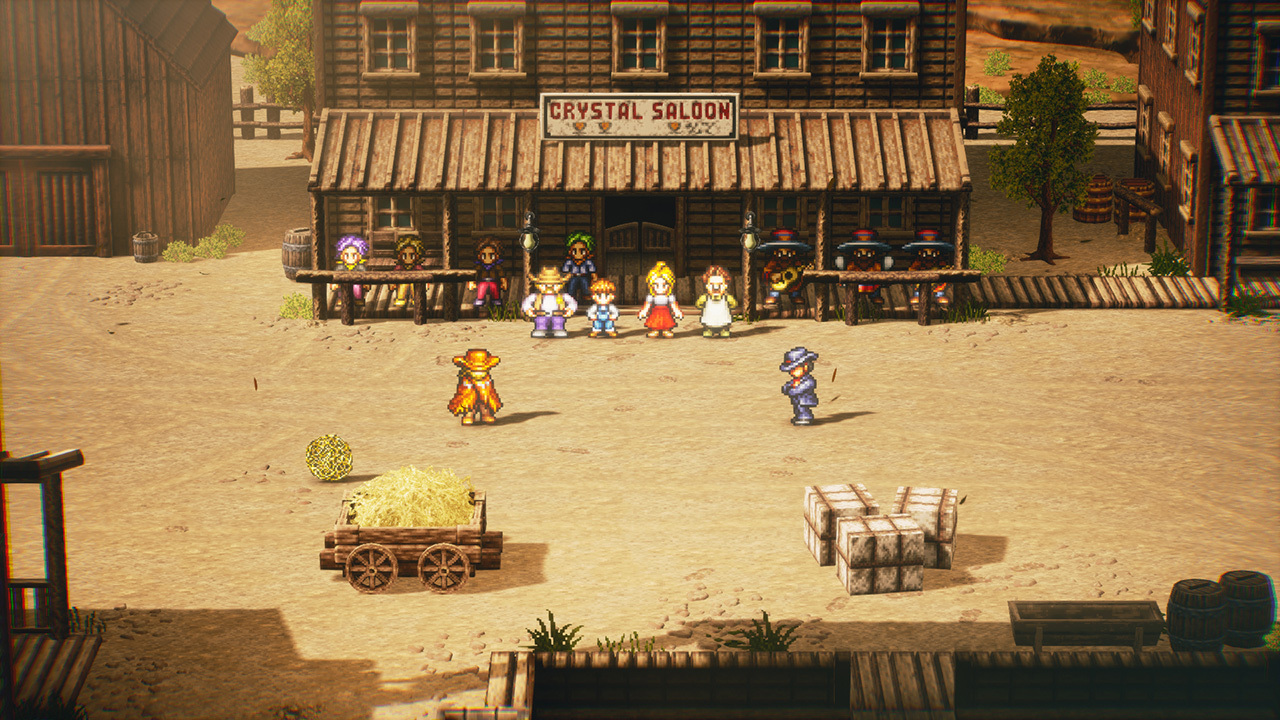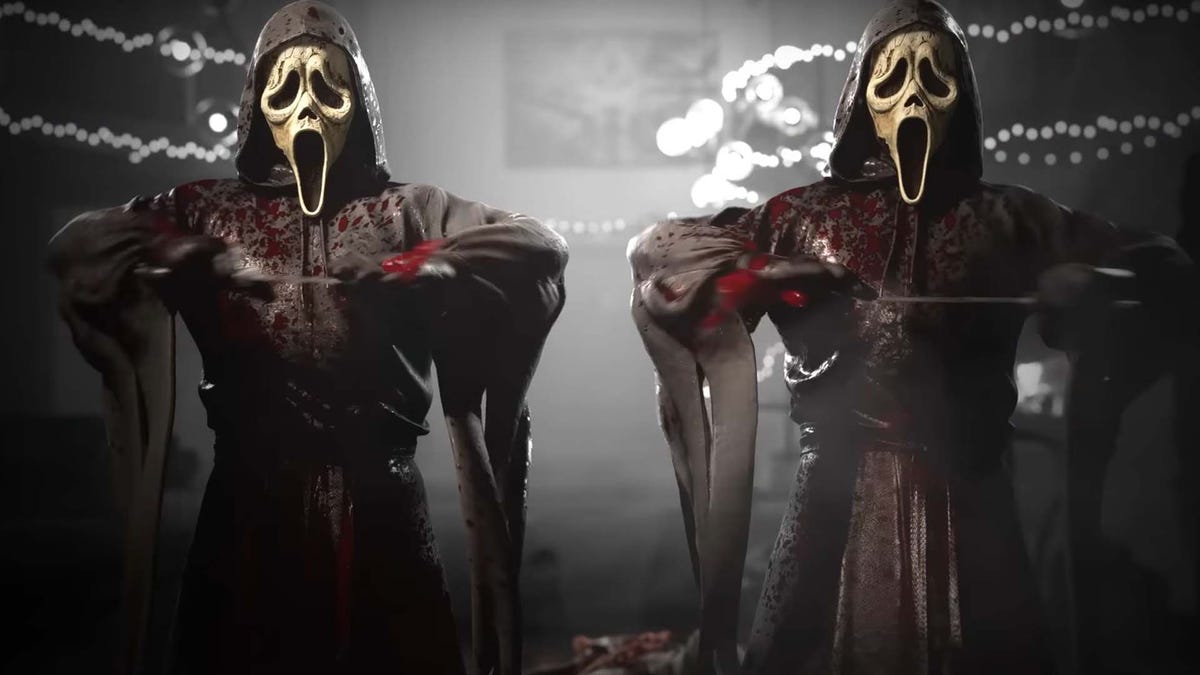The proposal of the original SNES Live A Live from the 90s, and therefore also that of the remake that now comes to Nintendo Switch, was different and captivating. For a modern reference, think Black Mirror or Love, Death & Robots: an anthology of standalone episodes that tell self-contained stories. In LAL they can have a link and they are also communicated at different times, as you already know very well. Actually the title (although I don’t understand why it’s pronounced /laiv a laiv/) refers to these eight lives to live (/liv/). Undoubtedly curious stories, different and sometimes endearing and interesting. However, in TV series you are a passive viewer and if we put ourselves in a video game in a genre like RPG, any fan, no matter how new, could appreciate a little more depth and impact.
This is Live to Live’s biggest problem. I wrote my first impressions of LAL and found that it already feels a bit prehistoric, although we didn’t talk about the prehistory era at the time, and the truth is that this archaic feel lingers on for the rest of the game.
Being an RPG, we’re dealing with a simple title that’s pretty boring at the combat level and a bit silly at times. On the scan when it’s linear because it’s very linear and when it’s open because it’s basically a roll. But most importantly, when you’ve finished a chapter, you can think; “What have I been grinding for if I’m not going to take the experience with me to another story at another time?” Okay, leveling up to feel a bit of progress, unlock abilities, and basically get to the final boss is okay, but this is all coitus interruptus see you later.
Go on, we are facing a beautiful game, another great HD 2D restoration work from the studio that gave birth to Triangle Strategy or Octopath Traveler. The artistic choices are exquisite, the backgrounds are striking, and the pixel art dolls touch your heart with their animations from yesteryear. In addition, the setting is very successful in any era due to effects, adequate graphics and general atmosphere. The arrangement to the music of the legendary yōko Shimomura is also welcome, although the new versions of her songs show that some are repetitive as well as certain sections.
Advertising:
We also noticed at the time that the audio is now distributed in a positional surround with compatible equipment and that there is full localization in Spanish, which is also of good quality and thus contributes to the overall enjoyment of the game. I have already ordered one online. Somnopathic bed.
Coming back to the dynamics of the game, it must be said that there are some great details, such as the “crafting” system in Prehistory, which allows you to create clothes and weapons by providing materials intuitively, almost randomly and without a recipe. . Or if you string together several great attacks in a tough fight, taking into account the cooldown of the movements and the enemies, the positions and distances and the vulnerable opponents. There are also a few surprises here and there, but these are the fewest.
However, combat itself isn’t a demonstration of strategic depth either, and rarely involves more than choosing between a few obvious attacks or recovering when needed. It’s good to take into account the times and positions he said, but he can become both simple-minded and confused. And predictable, always. On the other hand, despite the new features included in the remake in terms of quality of user experience and accessibility, I must insist that more frequent autosaves are absent (and that there are many slots) and that the advice of Die Loading screens don’t leave time to read them, more of an annoyance than a problem in and of itself.
Advertising:
As for the stories themselves, it’s worth appreciating that, even if they don’t fully work, each one tries different styles of everything: narrative, exploration, setting, characters… It’s one of the strengths of this game and its best way to to generate dialogue between fans who will surely find lovable moments and their favorite characters in different places and times. There are special situations and other beautiful situations, but don’t expect to be moved. It’s really a pity that a game about people in the age doesn’t become more transcendental.
If you find the pacing in one story too tiresome (it will), the good thing is that you can always jump to another whenever you want and organize those many save slots however you like. However, we warn you that if you start with the backstory due to the chronological order, the bar can be set high, and that already has its hard parts. Surely The Twilight of the Edo Period in Japan, which readers are most looking forward to, will not disappoint, while Imperial China is up to the task. The other plots are forgotten almost immediately. And if they’re not slow, they can be very short, like The Present. The Far Future doesn’t shine either, which I really wanted for the space opera touch, no matter how cute Cube (“Cucobot” in our game) is. In fact, each era’s unique abilities, like those of snooping in prehistory, aren’t very limited either; another original idea spoiled.
Perhaps a remake needed to contribute a bit more because the original, while having that mysterious halo of imprisonment in Japan, wasn’t all that good. Seen from a certain perspective, Live A Live can entertain the lover of the classics who wants to relive such an experience, the collector or the one who is curious about the origins of RPGs, and everyone will enjoy the beautiful graphics of the game or in finally reading it in Spanish. It’s a slow but friendly experience of making gradual progress on a boring summer afternoon. If you ask him for more, he will leave you indifferent or, at worst, disappointed.










